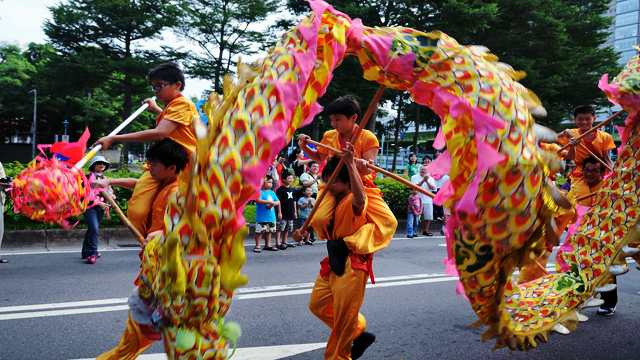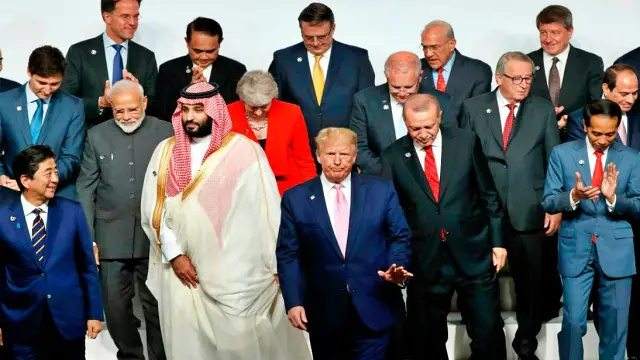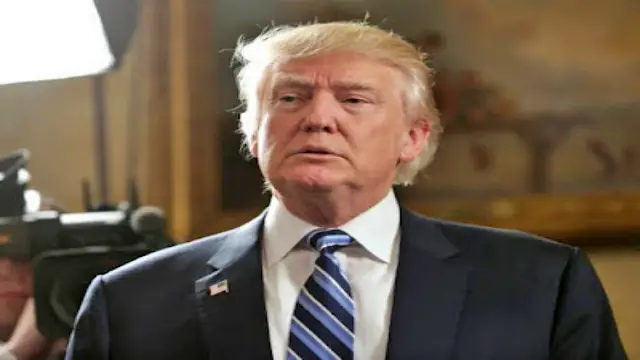It is debatable whether or not the IPL spot fixing controversy should ever have made the front pages of newspapers and prime time on cable. In my view, it should not have. But once the sensational revelations and the immediate involvement of big names inevitably stopped, the issue has been shelved. What follows is based on multiple conversations with a Test cricketer who has played multiple IPL seasons. It is an attempt to explain the peculiar problem of the IPL when it comes to spot fixing. This explanation does not depend on personalities. What follows does not contain any sensational revelations either. Instead, it is, in my view, based on a thoughtful, carefully considered appraisal by a sportsman.
The narrow facts about Spot Fixing are clear. Going by the public record at least 9 players, 8 of them uncapped (including Siddharth Trivedi) have attracted the attention of BCCI’s disciplinary authorities or law enforcement in the previous two seasons of the IPL. The Delhi Police Commissioner told Wisden India in an interview published on May 24 that four other players from a franchise other than the Rajasthan Royals were under the scanner.
A pattern has emerged in IPL spot fixing. Uncapped Indian players (those Indian players who have not represented India) appear to have been specifically targeted. While Sreesanth presents an interesting exception, he remains just that – an exception.
Why is IPL vulnerable in this peculiar way? Many points have been mentioned. Salary caps for Indian players who haven’t represented India have been brought up. Amrit Mathur explained the ACSU’s (and its Indian counterpart’s) role in the IPL. Paul Condon of ACSU is on record saying that the IPL is the most vulnerable tournament from the point of view of unwanted bookmaker influence since the Sharjah tournaments. So is Dileep Premachandran who has covered tours for years and covered the IPL when it was held in South Africa.
It has been widely argued that there is a “culture of corruption” and many “conflicts of interest” at the top levels of the BCCI. Cronyism at the top levels of corporations is not uncommon. While there may be some truth to these points, the Srinivasan-and-his-cronies-in-BCCI-are-the-bad-guys theory of spot fixing does not explain any of the specific realities of the IPL situation. Another approach is one which suggests that it is because there are some unscrupulous players. While this too is probably true, it does not explain the pattern of the uncapped players involvement.
I spoke on multiple occasions to an international Test cricketer who has played in the IPL for multiple seasons. What follows is a synthesis of the spot fixing situation which is based on what he said. He declined to speak to me for attribution since spot fixing is currently of interest to law enforcement agencies in India. The opportunity to speak to him came up quite suddenly. I had planned a series of questions to ask him, and sent him questions in advance over email. He responded at length when we spoke, at one point speaking for about 12 minutes straight, and for almost 90 minutes in all. I did not record our conversation, but took notes. I hope the lack of a name behind what follows does not distract from the substance of the points he made in our conversation. My interlocutor presented a nuanced, multifaceted argument, which in my view does a far better job of explaining things than anything I have read on the subject.
The thesis is as follows. The IPL’s peculiar vulnerability is due to the simultaneous presence of easily available cash, easy access of players for most of the year beyond the purview of the watchdogs at the sport’s highest levels, and the structural inequalities of the IPL. These three elements provide the money, the access and the motive respectively. This, in my view most persuasively explains why the IPL has been especially vulnerable to spot-fixing, and why it’s uncapped players have been so disproportionately involved.
Betting occurs illegally in India. Cricket’s share of the illegal betting market was estimated to be above $20 billion annually in 2009. Given that the IPL has now matured and offers nearly 75 additional games (compared to the 10 odd Tests and 25 odd ODIs per year in the pre-IPL era) on which bets can be placed, this figure can now be safely assumed to be higher. The massive sums of money that are reportedly involved suggest that this underground betting market makes large sums of cash easily available for cheating or fixing.
The IPL’s core problems arise out of the problems and paradoxes of its founding. The IPL was the BCCI’s response to the Indian Cricket League. The BCCI wanted to start its own league soon after it successfully suppressed the ICL. It wanted investors, but wanted to call the shots itself. In 2008, investors were not easy to come by. Many large business houses stayed away (I am told that many of them now regret this), because nobody thought the IPL would last. Rules were hurriedly put in place to secure BCCI control. These rules have since created inequalities which have contributed to the IPL’s limited capacity to govern itself.
All IPL franchises are not created equal. Some franchises use the IPL as a way to pay themselves to endorse their other products – Reliance, Kingfisher, India Cements are examples. A lot of what would be considered “front office” work in Major League Baseball (for instance) for these franchises is done as a part of larger corporate operations by officials who work for their owners companies. For example, the same office which is involved in marketing other products also has a small part that markets the Royal Challengers franchise. Other franchises, which are owned by a group of investors, tend to be more careful with their money and tend to have a much more formally established “front office”. The Rajasthan Royals for example, have a corporate office in Bombay. These franchises also tend to have largely non-interfering owners.
The IPL’s complicated structure for constituting squads means that the total amount of money spent by each franchise on players’ wages varies substantially. I am told that the Rajasthan and the Punjab IPL franchises for example, spend about $6-8 million on their squad, while it is estimated that the Mumbai Indians and the Chennai Super Kings spend about $18-24 million. Despite salary caps being in place, in practice, the presence of several other ways in which it is possible for teams to retain or trade players give franchises plenty of wiggle room around the amount of the cap. The wide range of amounts spent by franchises on salaries also has an impact on which franchise is seen as a better employer by players.
Mr. Srinivasan’s problematic dual roles as BCCI President and IPL franchise owner have been widely discussed. But it is a combination of rules (of which the amendment which enabled Mr. Srinivasan to bid for a franchise is the perhaps least important one) which creates the deeper inequalities. It is true, according to my interlocutor that Mr. Srinivasan’s dual positions in BCCI and CSK, allied with the fact that India’s captain plays for CSK, has an influence on an uncapped player’s decision if faced with a choice of franchises. The strict salary caps on uncapped Indian players, the ease of trading Indian players and the fact that franchises spend unequal amounts of money on player salaries creates uncertainties which could easily be avoided. What makes things worse is that foreign players who have not played international cricket do not face these salary caps and are involved in auctions. The IPL’s wage rules suggest that uncapped Indian players are not as good as uncapped foreign players. There is no cricketing reason to believe this to be true. Many of these rules have little to do with Mr. Srinivasan.
These inequalities have had an untold impact on the franchises ability (and more basically, their willingness to accept this as their job) to govern themselves. They cause uncertainties and resentments which make some players less likely to resist the lure of easy money.
The IPL’s ability and willingness to govern itself is further limited by the fact that IPL franchises only have the players for about three months in the year. In many instances, uncapped players join IPL squads less than a week before their first game in the league. The anti-corruption checks in the IPL are strict and players rarely initially approached during the IPL. The players are required to attend a detailed presentation explaining the pitfalls of approaches by unknown people, and there is a clear procedure which they are supposed to follow in the event of an approach. All necessary advice and contact information, I am told, is clearly available in dressing rooms in all IPL games. Team hotels have high security with police present of each floor – a standard similar to that used in international games.
The conflict of interest intrinsic in India’s centrally contracted players also having overlapping IPL contracts is something we have been aware of for at least two years now. My interlocutor immediately identified the this when I put it to him and pointed out that some of the injuries (he specifically named some India players) incurred by players at the end of the tough 2010-11 season (just after the World Cup Final) should have been treated, instead of the players going on to play in the IPL. Uncapped players are not under comparable annual contracts and play for many different teams at many different levels when they are not participating in the IPL. In these games (Ranji Trophy and other tournaments) audiences are small, security is lax and it is much easier for agents of bookmakers (some of whom, not surprisingly, are former first class players) to make contact.
Both in 2000 and now, it has been reported that connections between players and bookies came to light while the police were tracking other matters related to organized crime. The relationship between organized crime and terrorism is not unknown (the “D Company” has been mentioned repeatedly in the coverage of spot fixing on India’s news channels). If the matter of Indian cricketers being involved in spot-fixing was not dark enough, here is an even darker and sadder possibility – that by participating in spot-fixing, players might have been unwittingly involved in raising or laundering money which could have possibly be used to fund violent acts of terror of the kind which have sadly been all too common in Indian cities over the past two decades.
However, it is perhaps harsh to unconditionally condemn the players who are involved in spot-fixing. To be good enough to play at even the level of the IPL these players have probably had to give up on getting a reasonable higher education and spent nearly all of their young life learning to play cricket. For many of them, the income from the IPL makes it possible for them to do great things for their immediate and extended families. Cricket in the IPL has the potential to change their family’s fortunes drastically. This potential also brings with it enormous pressure. The players who are involved in spot-fixing are victims in a far greater sense than the fans. For the fan, it is only an evening’s entertainment that has been tarred. For these players, it is their whole life – given the dangerous company they are introduced to, at times, perhaps literally so. Many of these players who are under investigation are probably safer in jail. It is a horrible situation for the players to put themselves in.
Several top level changes are obviously necessary. All IPL player contracts should be priced in open auction. IPL franchise owners should be disallowed from also being BCCI (or regional association) office holders. Hard salary caps which apply to all types of player acquisition (including trades) need to be enforced. IPL franchise owners need to have a greater say in the governance of the IPL.
But perhaps, uncapped players who form majority of players in the IPL deserve, no, need more than just a pay cheque and a three month contract. Contemporary coaches often talk about training players to be better people, not just better batsmen or bowlers. Perhaps this needs to be undertaken more seriously and at an earlier stage. Perhaps age-group cricket needs to provide not only the opportunity to make it big as a cricketer, but also an education and life training which these gifted teenagers often sacrifice at the altar of cricket. The profits generated by the IPL which are currently shared by BCCI and the franchise owners ought to be invested in more a systematic development program aimed at producing not merely cricketers, but well-rounded individuals throughout India starting at the regional age-group level. It is all very well warning players about the pitfalls of being contacted by marginal characters just before the start of the league. But as the IPL and BCCI have learnt, I hope to their collective dismay, by then it is already too late.





















